
 Instagram
Instagram
Tattoo Healing Process Timeline and Stages
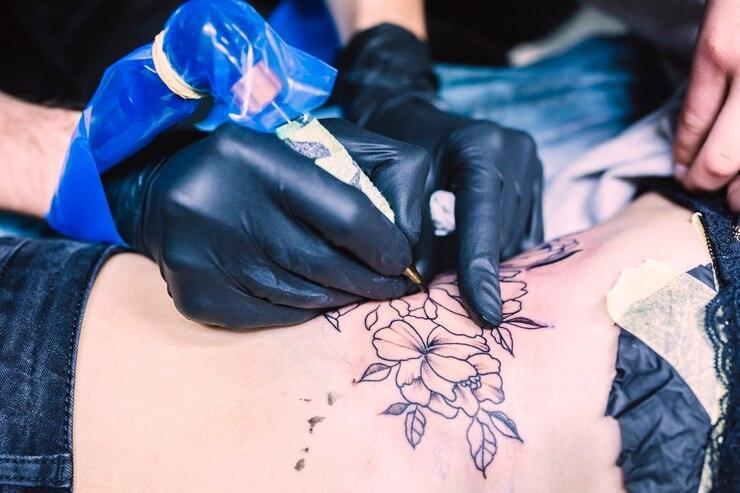
Related products
Body art is an age-old form of self-expression, and in recent times, tattoos are more accepted than ever before. According to a 2015 Harris Poll survey, approximately three in ten (29%) Americans have at least one tattoo. However, getting etched requires commitment—not just for the pain accompanying its application but also for post-care healing.
Understanding the tattoo healing process is crucial for anyone considering this form of body art. A well-healed tattoo bears aesthetic significance and indicates effective aftercare, reducing the chances of infection or other skin complications.
The timeline and stages can vary slightly depending on individual health conditions and care routines, with a complete cycle commonly ranging from two to four weeks American Academy Of Dermatology Association. According to Dr. Amy Derick, MD, board-certified dermatologist," Tattoos cause minor damage to the skin, which triggers an immune response leading towards healing." Awareness of these phases allows individuals bearing tattoos to make informed decisions about their post-tattoo routine, ensuring proper healing without compromising the design quality.
Pre-Tattoo Prep

Before embedding a lifelong design onto your skin, preparation is essential. This comprises selecting an expert tattoo artist and understanding the aftercare process.
1. Choosing A Reputable Artist:
- Check their certification to ensure they adhere to safety protocols.
- Review their portfolio for skill level and style compatibility.
- Observe hygiene standards in the shop premises - cleanliness indicates care towards customer wellness.
- Conduct an open consultation about design options and concerns related to pain tolerance & healing timeline.
2. Discussing Aftercare:
Understanding post-tattoo care significantly contributes to effective recovery, resulting in better artwork longevity:
- Ask about recommended cleaning routines/materials
- Get information on how long you should avoid direct sun exposure or swimming
- Most importantly, discuss dietary restrictions or changes needed
- Knowledge of these aspects before getting inked proves instrumental in preserving your precious imprint! Remember, tattoos are not just art pieces; they're life-changing decisions demanding proper precautions for ensuring safety and desired results.
How long does it take for a tattoo to heal
Healing time for a tattoo varies among individuals, deeply influenced by factors like the design size, location on the body, and intricacy of detail. Commonly, surface healing spans between 2 to 4 weeks, with the following stages:
- Oozing ink & plasma (day 1-2)
- Forming scabs (day 3-7)
- Peeling off old skin layers(day8-14)
Despite apparent recovery by month-end post-tattoo session, deeper dermal layers continue their restoration process, extending up to six months for full-thickness tissue regeneration, ensuring optimal long-term durability.
Healing Stages

Immediate Care (Day 1-2)
During the first two days, swelling and redness is common. The tattoo will ooze ink and plasma—the body's way of preventing infections. In this stage, clean with non-alcoholic wipes or gentle soap.
Early Healing (Day 3-7)
From day three to day seven, the surface starts drying up, forming scabs - an important part of healing and protecting wounded areas against foreign invaders. Itching can occur but should not be scratched as it may damage new skin under development.
Mid-Healing (Day 8-14)
Within eight to fourteen days post-procedure, peeling commences where shedding white dead skin flakes might wrongly appear like fading coloration but are new epidermal layers surfacing on top – a good sign indicating a successful repair process underway beneath.
Advanced Healing (Day 15-30+)
After the fifteenth day, moving towards the month phase, tattoos start looking healed from the outside, although the deeper dermis layer still needs time for full recovery; hence, continued moisturizer use along with sun protection measures play a crucial role in ensuring maximum durability retained over the ensuing decades and retaining initial vibrancy alongside minimizing premature age-related degradation effects.
Potential Complications
Despite its appeal and personal significance, tattooing can sometimes lead to complications. Here are a few complications associated with tattooing.
Infections:
Tattooing involves skin penetration, which exposes an individual to potential bacterial contamination. Consequently, infection is a considerable risk if proper hygiene isn't practiced during and after the tattoo. Symptoms may include severe pain beyond the usual level of discomfort, excessive redness or swelling that continues days post-procedure, and pus discharge accompanied by fever indicative of systemic involvement.
Fading:
While slight color lightening is expected given natural skin regeneration over time, premature excessive fading becomes concerning reflecting poor technique used - inappropriate depth injection, deficient ink quality, etc., further influencing factors such as ultra-violet radiation exposure since UV rays trigger pigment breakdown bleaching artwork over time.
In both cases, seeking prompt medical assistance proves helpful in managing complications earlier, preventing more serious consequences like permanent disfigurement in case of infections or undue financial burden and physical discomfort from repeat sessions for correcting faded designs.
Aftercare Tips
Cleaning and Moisturizing:
Keep the tattoo clean, washing it 2-3 times daily with a mild, non-alcoholic soap. Remember to consistently hydrate your skin using fragrance-free moisturizers or specific tattoo care lotions that won't clog pores.
Sun And Water Exposure:Limit exposure to direct sunshine for the first few weeks post-procedure, as sun rays can cause ink fading. Avoid submerged water activities (like swimming) during the initial healing process since it may slow recovery due to its inflammation-inducing nature.
Summary
Healing is a time-consuming procedure demanding patience; rushing could increase complications and risk disrupting the intended result longevity. Proper aftercare does not end once visible healing concludes but extends through committed long-term maintenance, ensuring artwork vibrancy retention over the ensuing years.
Frequently asked questions
How do I know if my tattoo is healing properly?
Your tattoo is healing properly. If redness and swelling reduce after a few days, scabs form and naturally peel off within two weeks, revealing new skin underneath. There should be no signs of rashes or pus, which could indicate infection. Even when it appears healed from the outside, deeper tissue restoration continues for several months.
How should a tattoo look after one week?
A week after getting a tattoo, redness and swelling should have reduced. A scab might form, which is beginning to peel off, revealing new skin underneath. Some itching at this point is normal, but scratching or picking must be avoided.
How can I make my tattoo heal faster?
To expedite your tattoo healing, maintain diligent cleanliness using unscented soap and moisturize regularly with a suitable product. Aim for optimal hydration and nutrition while avoiding sun exposure. Don't pick at any forming scabs; allow them to fall off naturally. Rest adequately as it assists overall body recovery. Patience is key in this process, as individual healing rates vary.
How should a tattoo look after three days?
After three days, a new tattoo may be slightly swollen and red. A clear or white discharge composed of plasma (the liquid part of our blood), which aids in healing, is common. It might start forming a thin scab-like layer that should not be picked at or scratched off to avoid disturbing the healing process.

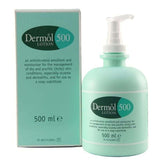

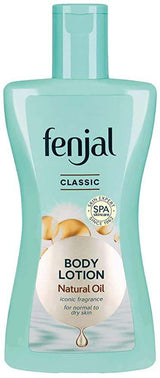
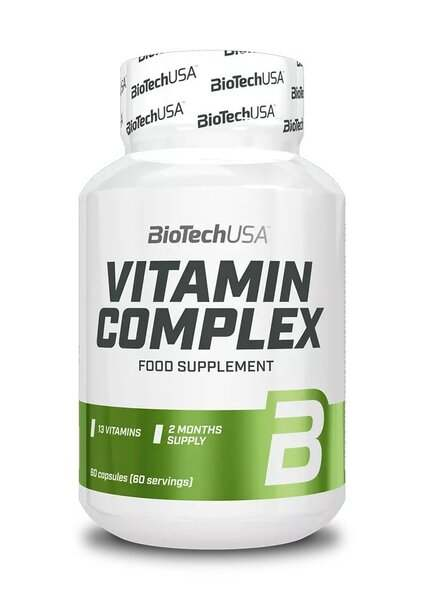
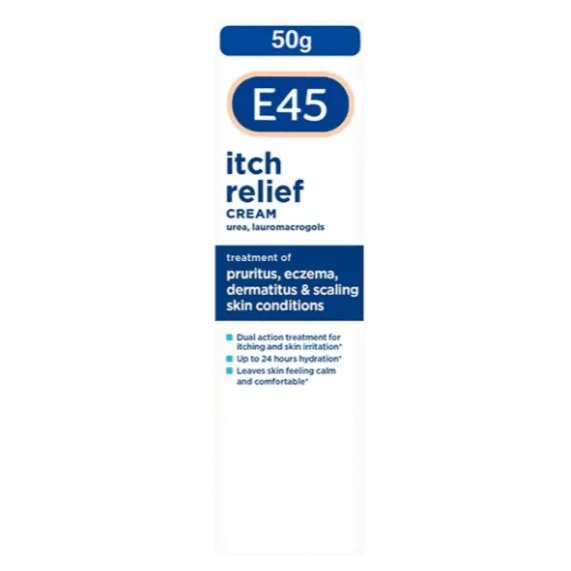
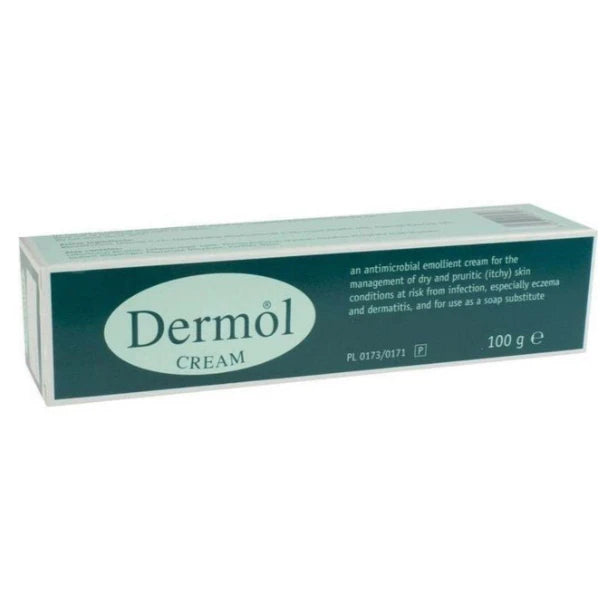

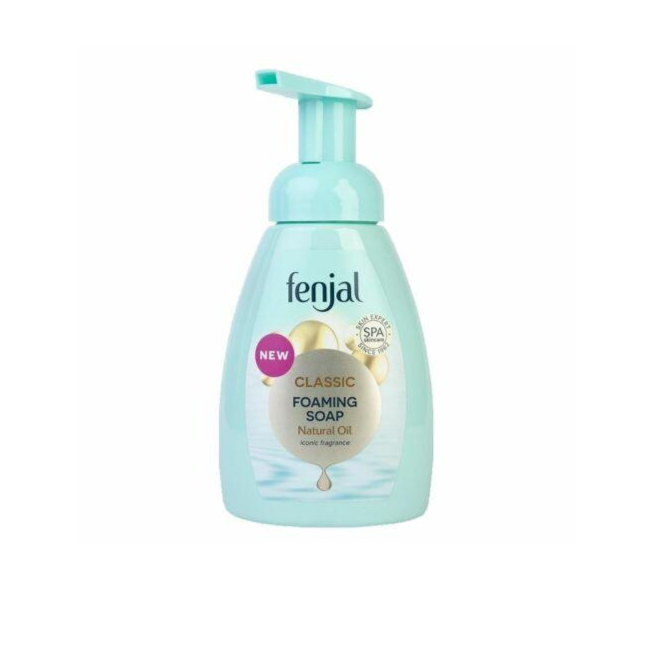
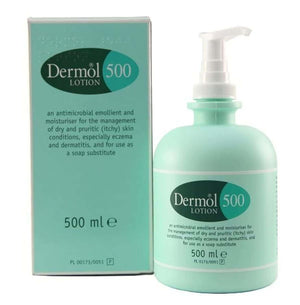

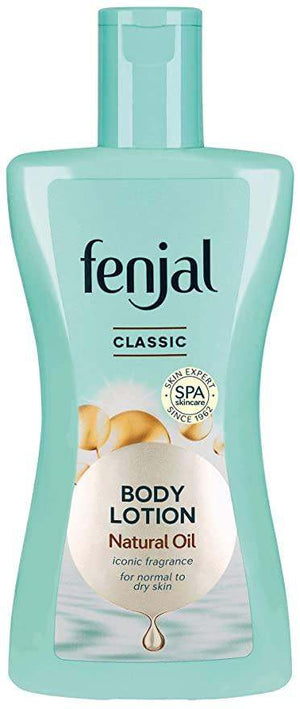
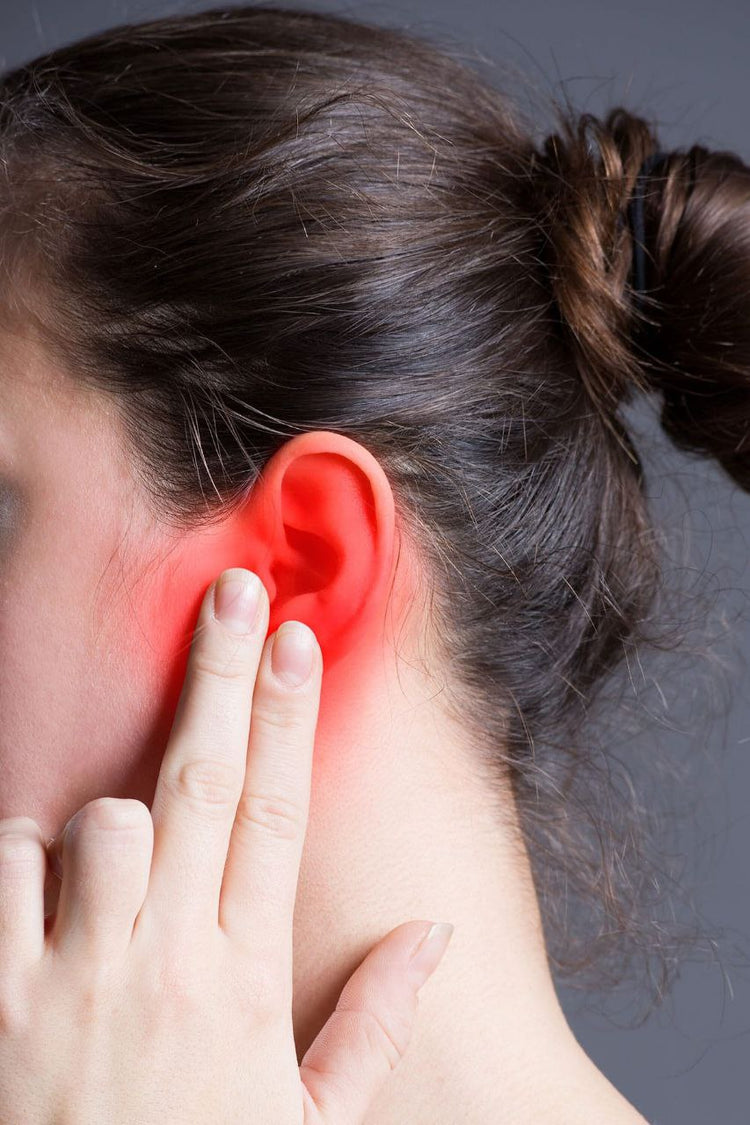



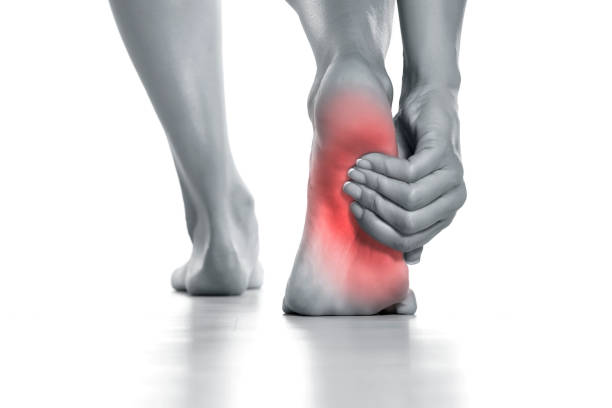



 Rated Excellent by 26,523+ Reviews
Rated Excellent by 26,523+ Reviews